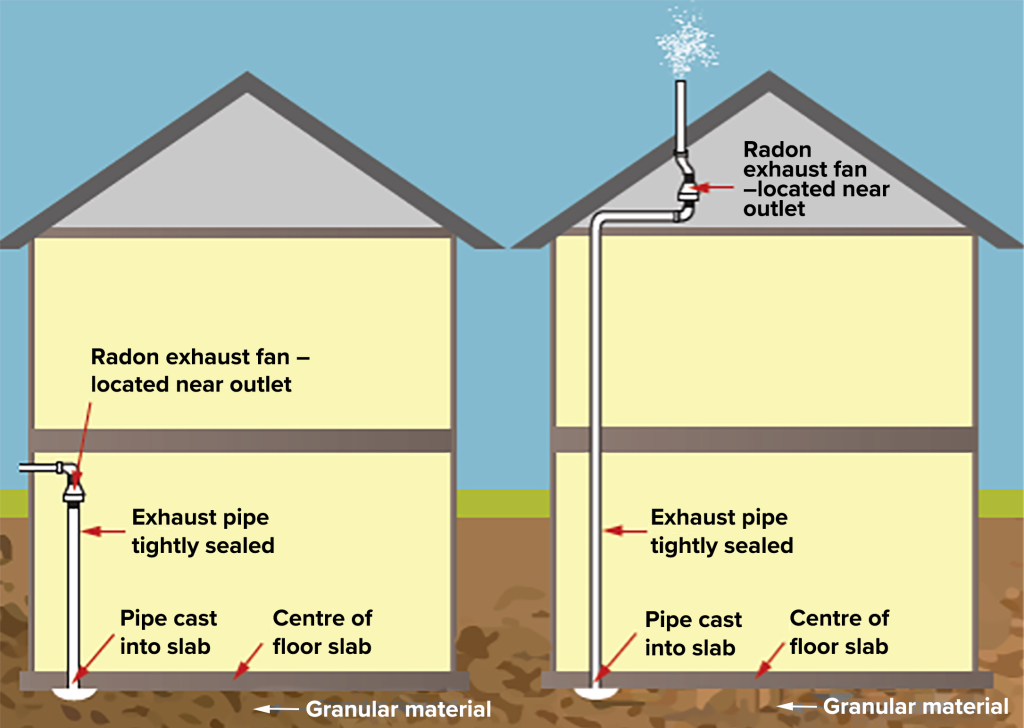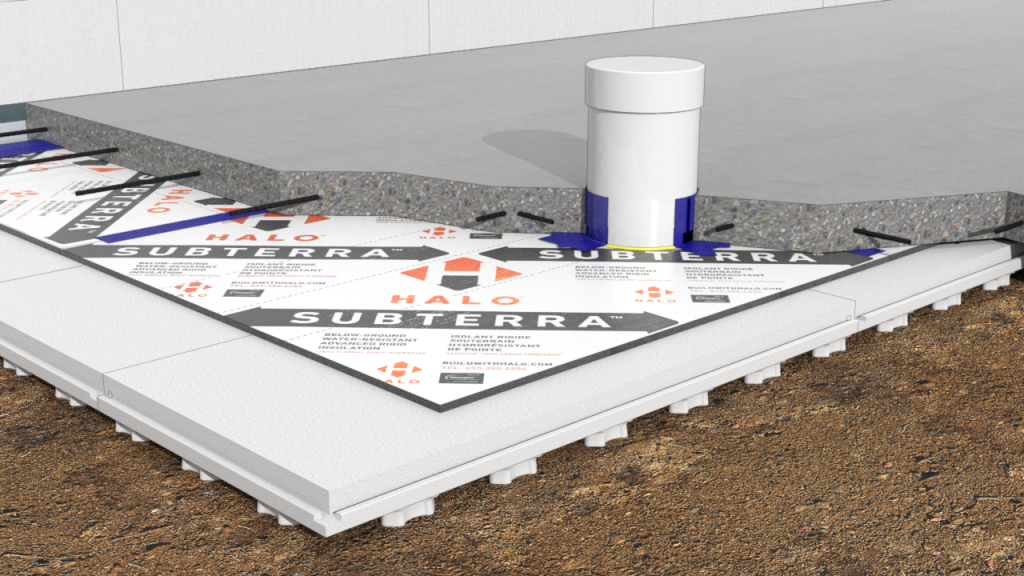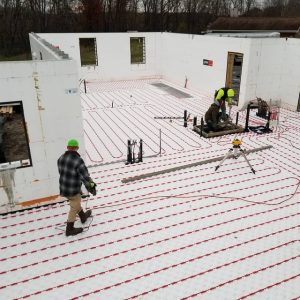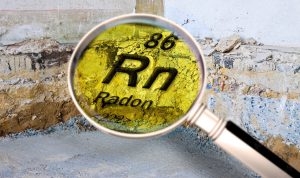Radon is odorless, tasteless, and colorless. Allegedly, Radon is also extremely harmful to the health of humans. Worst of all, the sneaky gas supposedly targets us right where we expect to feel safest — in our very homes.
But the problem with gauging the true effects of Radon is twofold. Firstly, the gas is virtually omnipresent in North America — as are other carcinogens that are well-known to cause lung cancer.
Secondly, Radon is imperceptible, and its effects take decades to manifest. So, by the time a victim learns their lung carcinoma diagnosis, how are they to know which environmental factor caused their illness over time?
To be sure, there are plenty of unknowns about Radon. So, our post today aims to shed some light on everything we do know about the gas.
Below, we explain how Radon actually causes cancer, what exposure levels are hazardous, how much of it we get in our homes, and how Radon ingress can be mitigated.
Is Radon Harmful?
Radon has a 3.82-day half-life, meaning it takes almost 4 days to decay upon entering a home. Radon’s decay happens because the element has an unstable nucleus that releases radioactive energy by emitting alpha, beta, and gamma particles as the Radon turns into Polonium-214 and Polonium-218.
The alpha particles emitted by Radon during this decay process comprise helium nuclei with two protons and two neutrons. These alpha particles’ double positive charge and large mass make them highly ionizing, meaning they can destroy cells in living tissue by removing the electrons from the particles’ atoms.
The highly energetic alpha particles remove electrons from the atoms they contact, thus destroying the lung tissue through which they travel. In many unfortunate cases, this cell destruction causes the new lung cells to mutate. The mutating cells develop the ability to multiply, and this uncontrolled propagation is what’s known as carcinoma.

How Does Radon Exposure Correlate To Cancer Risk?
We know for a fact that Radon exposure causes lung cancer — studies on miners working underground while being subjected to high doses of Radon support this conclusion.
Plus, scientists now believe that there is no safe exposure level for Radon.
The good news, though, is that less exposure translates to a lower risk of developing lung carcinoma and other cancers.
So How Much Radon is Actually Dangerous?
Over time, even small doses of Radon can lead to various cancers and leukemia.
According to the Center for Disease Control, a dose of over 1000 Rads (10 sieverts) is fatal right after exposure, as it causes irreparable damage and infection in the gastrointestinal tract. In fact, any dose between 2-10 sieverts is likely lethal, with death likely within weeks or months after exposure.
However, lower doses of ionizing radiation can be just as lethal; they’re just not as acute or fast-acting. A dose of 100 millisieverts is the threshold at which radiation-caused cancer becomes highly likely.
And while that’s still a far greater dose than the average American receives annually from Radon — about 2.28 millisieverts — the no-threshold, linear model states that no exposure levels are safe. Over time, even the relatively small dose of Radon Americans get in their homes can lead to lung carcinoma.
And the longer someone’s exposure lasts (think decades in the same home), the higher the chances of lung tissue cells undergoing enough destruction by the decaying Radon’s alpha particles to start mutating and growing out of control.


Don't miss a thing!
Subscribe for exclusive content, insider industry news and limited edition webcasts.
Is There a Way To Mitigate Radon Ingress In a Home?
There are several ways of minimizing the ingress of Radon in homes.
The most common one entails applying a layer of 6-mil poly under the slab-on-grade, with a granular layer beneath it. The 6-mil poly functions as a Radon barrier, while the gravel diffuses the radioactive gas and channels it to the exhaust pipe.
However, there is another approach that’s been proven to be more effective at blocking Radon ingress than the 6-mil poly. Tests conducted by the National Research Council (NRC) have shown that Halo’s Subterra Plus is 7 times as effective at stopping Radon as the 6-mil poly. What’s more, the Subterra approach insulates the slab-on-grade, so you boost the home’s energy efficiency while blocking the harmful gas.
Yet another innovative solution improves the poor effectiveness of the traditional gravel diffusion layer. Using Heat-Sheet panels with the nodules down — right beneath the Subterra Plus — affords Radon an easier path of travel toward the exhaust pipe. Of course, this solution costs more than gravel and 6-mil poly, but it’s currently the most effective means of blocking the radioactive gas and helping it escape safely from beneath a home.

Wrapping It Up
There may be a lot of mystery surrounding Radon, but one thing is for sure: No exposure is safe, even when it’s well below the well-established hazard thresholds for ionizing radiation. Taking steps to lower Radon exposure reduces the chance of getting sick.
The best way to reduce the amount of Radon that enters a home is to have a high-performance under slab solution that blocks the gas and effectively routes it to an exhaust.






